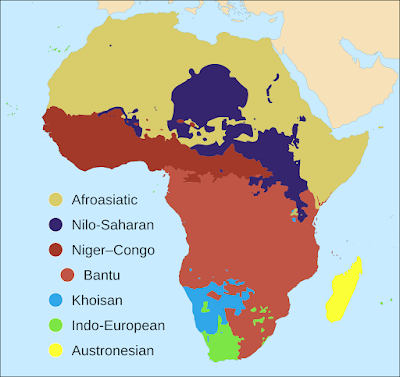Clarifying the misconception that Uganda was once the proposed site of a Jewish state
The ongoing Israeli-Hamas conflict has rekindled a series of "what if" scenarios in some sections of Uganda's media, social media platforms, and public discourse. Central to these discussions is the hypothetical establishment of a Jewish state in present-day Uganda. This article seeks to clarify the misconceptions surrounding the so-called "Uganda Scheme" and provide a comprehensive look into the historical intricacies of the proposal.
The Misunderstood "Uganda Scheme"
The term Uganda Scheme or Uganda Proposal has, over the years, misled many into believing that Uganda was once considered a potential site for a Jewish homeland. In reality, the proposed territory was situated in the British East Africa Protectorate, which corresponds to today's Kenya, not Uganda.
The proposal's origins can be traced back to British colonist Joseph Chamberlain in the early 20th century. Theodor Herzl, the pioneer of the modern Zionist movement, tabled this idea at the Sixth World Zionist Congress in Basel in 1903. It was envisioned as a temporary haven for Jews who were grappling with escalating antisemitism in Europe. Herzl actively marketed his idea for a Jewish homeland to several influential people.
Hertzl had met Chamberlain through some mutual acquaintances and he had initially proposed to him the idea of a Jewish settlement in Cyprus or the Sinai peninsula. However, Chamberlain found these impractical but he was friends with Lord Lansdowne, the British Foreign Secretary, and he shared the proposal with him. Chamberlain believed that supporting the Zionist cause would gain Britain the support of Jews around the world. Soon after, Chamberlain travelled through East Africa and he thought the region would be suitable for a Jewish homeland.
Herzl was initially not interested in East Africa, focusing on Palestine. However, after the Kishnev Pogrom, he sought a Jewish homeland more urgently and he was more accommodating of a site outside his initial preferences.
During the Sixth Zionist Congress in 1903, the proposal sparked intense debate within the Zionist community, with some viewing it as a betrayal of the commitment to Palestine. Herzl reassured delegates that Palestine remained the primary goal, but the East Africa plan was a temporary solution. There were also reservations to the plan among British settlers in what is now Kenya, they did not want an influx of Jewish immigrants. These objections from the settlers are what ultimately led to the rejection of the plan in 1905.
Colonial Boundaries: The Kenya-Uganda Story
Where does Uganda come into the picture one might wonder?
The decision to adjust these boundaries was influenced by various factors, including administrative efficiency and the strategic interests of the British colonial powers. Sir Harry Johnston, a special commissioner in Uganda, had initially proposed a fusion of Uganda and the East African Protectorate. However, Sir Clement Hill, superintendent of the African Protectorates, suggested redrawing the boundaries for administrative and cost-saving reasons.
A modern map showing the lakes in question gives a sense of how far east the borders of early colonial Uganda stretched.
By the time of the 1903 Zionist conference, where the Uganda Scheme was presented, the land in question was technically no longer in Uganda. This redrawing of borders is a significant reason for the confusion surrounding the "Uganda Scheme". The designated area for the proposed Jewish homeland had recently been shifted from the Uganda Protectorate and incorporated into the East African Protectorate.
Therefore, while at the time the proposed "Uganda Scheme" was being discussed by Herzl and Chamberlain the area in question was technically part of what was then Uganda, the actual land where the Jewish state would have been established lay entirely in what is now Kenya. That is why the association with present-day Uganda is a historical misunderstanding that has persisted for over a century.
_WITH_JOURNALISTS_AT_THE_6TH_ZIONIST_CONGRESS._SEATED_NEXT_TO_HIM_IS_Z._WERNER,_EDITOR_OF_THE_ZIONIST_PAPER,_DIE_WELT._%D7%AA%D7%90%D7%95%D7%93%D7%95%D7%A8_%D7%94%D7%A8%D7%A6.jpg)



Comments
Post a Comment